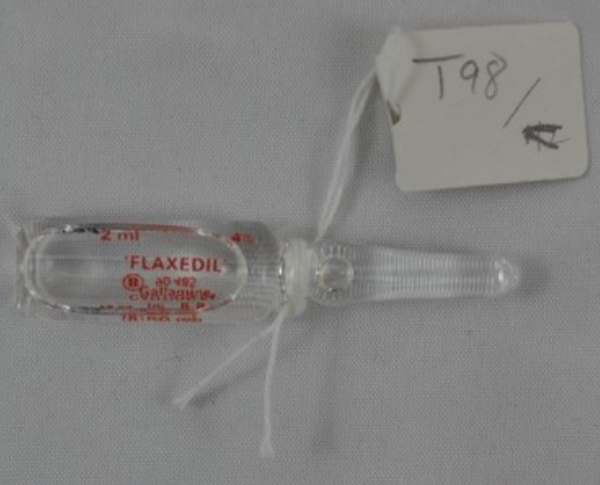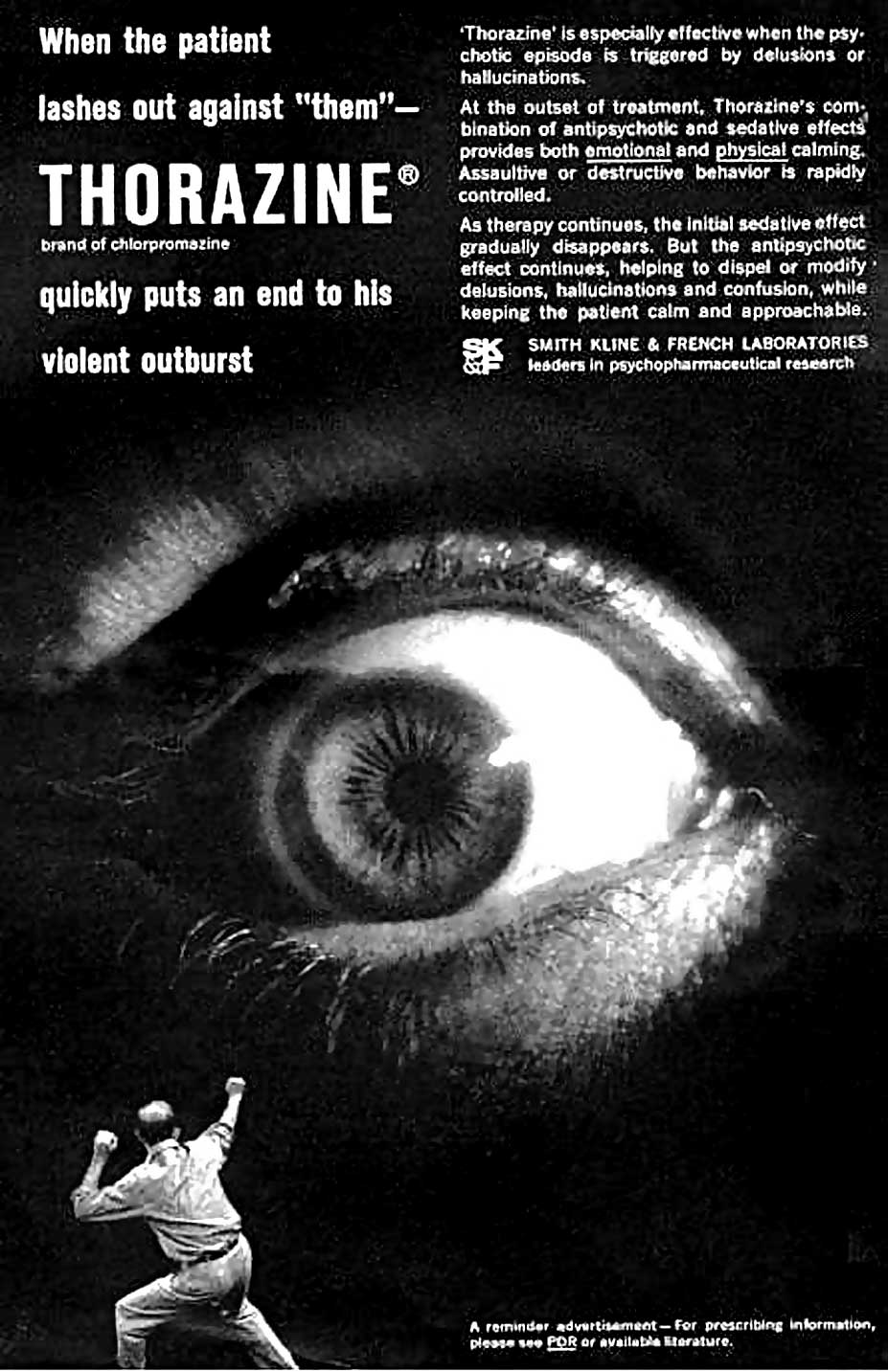|
Muscarinic Acetylcholine Receptor M2
The muscarinic acetylcholine receptor M2, also known as the cholinergic receptor, muscarinic 2, is a muscarinic acetylcholine receptor that in humans is encoded by the ''CHRM2'' gene. Multiple alternatively spliced transcript variants have been described for this gene. It is Gi-coupled, reducing intracellular levels of cAMP. Function Heart The M2 muscarinic receptors are located in the heart, where they act to slow the heart rate down to normal sinus rhythm after negative stimulatory actions of the parasympathetic nervous system, by slowing the speed of depolarization. They also reduce contractile forces of the atrial cardiac muscle, and reduce conduction velocity of the atrioventricular node (AV node). However, they have little effect on the contractile forces of the ventricular muscle, slightly decreasing force. Airway smooth muscle Both M2 and M3 muscarinic receptors are expressed in the smooth muscles of the airway, with the majority of the receptors being the M2 ... [...More Info...] [...Related Items...] OR: [Wikipedia] [Google] [Baidu] |
Muscarinic Acetylcholine Receptor
Muscarinic acetylcholine receptors (mAChRs) are acetylcholine receptors that form G protein-coupled receptor, G protein-coupled receptor complexes in the cell membranes of certain neurons and other Cell (biology), cells. They play several roles, including acting as the main end-receptor stimulated by acetylcholine released from postganglionic fibers. They are mainly found in the parasympathetic nervous system, but also have a role in the sympathetic nervous system in the control of Sweat gland, sweat glands. Muscarinic receptors are so named because they are more sensitive to muscarine than to nicotine. Their counterparts are nicotinic acetylcholine receptors (nAChRs), receptor ion channels that are also important in the autonomic nervous system. Many drugs and other substances (for example pilocarpine and Hyoscine hydrobromide, scopolamine) manipulate these two distinct receptors by acting as selective agonists or receptor antagonist, antagonists. Function acetylcholine, Ac ... [...More Info...] [...Related Items...] OR: [Wikipedia] [Google] [Baidu] |
Photopharmacology
Photopharmacology is an emerging multidisciplinary field that combines photochemistry and pharmacology. Built upon the ability of light to change the pharmacokinetics and pharmacodynamics of bioactive molecules, it aims at regulating the activity of drugs in vivo by using light. The light-based modulation is achieved by incorporating molecular photoswitches such as azobenzene and diarylethenes or photocages such as o-nitrobenzyl, coumarin, and BODIPY compounds into the pharmacophore. This selective activation of the biomolecules helps prevent or minimize off-target activity and systemic side effects. Moreover, light being the regulatory element offers additional advantages such as the ability to be delivered with high spatiotemporal precision, low to negligible toxicity, and the ability to be controlled both qualitatively and quantitatively by tuning its wavelength and intensity. History Though photopharmacology is a relatively new field, the concept of using light in therapeutic a ... [...More Info...] [...Related Items...] OR: [Wikipedia] [Google] [Baidu] |
Otenzepad
Otenzepad is a competitive muscarinic receptor antagonist that is relatively selective at the M2 receptor. It was investigated as a treatment for arrhythmia and bradycardia due to its cardioselectivity but research ceased after stage III clinical trials. The drug was originally developed by the German pharmaceutical company, Boehringer Ingelheim Pharma KG. Pharmacodynamics The (+)-enantiomer has 8 times greater potency at the M2 receptor than the (-)-enantiomer. See also *Muscarinic antagonist *Antiarrhythmic agent Antiarrhythmic agents, also known as cardiac dysrhythmia medications, are a class of drugs that are used to suppress abnormally fast rhythms (tachycardias), such as atrial fibrillation, supraventricular tachycardia and ventricular tachycardia. M ... References {{Muscarinic acetylcholine receptor modulators M2 receptor antagonists Pyridobenzodiazepines Piperidines Tertiary amines ... [...More Info...] [...Related Items...] OR: [Wikipedia] [Google] [Baidu] |
Methoctramine
Methoctramine is a polymethylene tetraamine that acts as a muscarinic antagonist. It preferentially binds to the pre-synaptic receptor M2, a muscarinic acetylcholine ganglionic protein complex present basically in heart cells. In normal conditions -absence of methoctramine-, the activation of M2 receptors diminishes the speed of conduction of the sinoatrial and atrioventricular nodes thus reducing the heart rate. Thanks to its apparently high cardioselectivity, it has been studied as a potential parasymphatolitic drug, particularly against bradycardia. However, currently it is only addressed for research purposes, since the administration to humans is still unavailable. Chemistry Mechanism of action Methoctramine has been shown to competitively antagonize muscarinic receptors, thus preventing them from binding to the neurotransmitter acetylcholine (and other agonists, such as bethanechol or berberine). At higher concentrations, allosteric properties of methoctramine have ... [...More Info...] [...Related Items...] OR: [Wikipedia] [Google] [Baidu] |
Ipratropium
Ipratropium bromide, sold under the trade name Atrovent among others, is a type of anticholinergic medication which is applied by different routes: inhaler, nebulizer, or nasal spray, for different reasons. The inhalant opens up the medium and large airways in the lungs. It is used to treat the symptoms of chronic obstructive pulmonary disease (COPD) and asthma. It is used by inhaler or nebulizer. Onset of action is typically within 15 to 30 minutes and lasts for three to five hours. The nasal spray prevents the glands in the nose from producing large amounts of fluid. It is used to treat rhinorrhea (runny nose) caused by allergic rhinitis, nonallergic rhinitis, and the common cold. It is used by metered-dose manual pump spray. Onset of action is within an hour. Common side effects of inhalant use include dry mouth, cough, inflammation of the airways, and shortness of breath. Potentially serious side effects include urinary retention, worsening spasms of the airways, a ... [...More Info...] [...Related Items...] OR: [Wikipedia] [Google] [Baidu] |
Hyoscyamine
Hyoscyamine (also known as daturine or duboisine) is a naturally occurring tropane alkaloid and plant toxin. It is a secondary metabolite found in certain plants of the family Solanaceae, including Hyoscyamus niger, henbane, Mandragora officinarum, mandrake, Brugmansia, angel's trumpets, Datura stramonium, jimsonweed, Latua pubiflora, the sorcerers' tree, and Atropa belladonna (deadly nightshade). It is the levorotary isomer of atropine (third of the three major nightshade alkaloids) and thus sometimes known as levo-atropine. In 2021, it was the 272nd most commonly prescribed medication in the United States, with more than 900,000 prescriptions. Medical uses Hyoscyamine is used to provide symptomatic relief of spasms caused by various lower abdominal and bladder disorders including peptic ulcers, irritable bowel syndrome, diverticulitis, pancreatitis, colic, and interstitial cystitis. It has also been used to relieve some heart problems, control some of the symptoms of Parkinso ... [...More Info...] [...Related Items...] OR: [Wikipedia] [Google] [Baidu] |
Gallamine
Gallamine triethiodide (Flaxedil) is a non-depolarising muscle relaxant. It acts by combining with the cholinergic receptor sites in muscle and competitively blocking the transmitter action of acetylcholine. Gallamine is a non-depolarising type of blocker as it binds to the acetylcholine receptor but does not have the biological activity of acetyl choline. Gallamine triethiodide has a parasympatholytic effect on the cardiac vagus nerve, which causes tachycardia and occasionally hypertension. Very high doses cause histamine release. Presence of iodine makes it radio opaque, and its ampule in a bag at airport's x-ray scanner raise the false suspicion of a bullet in the bag. Gallamine triethiodide was commonly used to prevent muscle contractions during surgical procedures, but is now superseded by new neuromuscular blocking drugs with less side effects. It was developed by Daniel Bovet in 1947. The drug is no longer marketed in the United States, according to the FDA Orang ... [...More Info...] [...Related Items...] OR: [Wikipedia] [Google] [Baidu] |
Diphenhydramine
Diphenhydramine, sold under the brand name Benadryl among others, is an antihistamine and sedative. Although generally considered sedating, diphenhydramine can cause paradoxical central nervous system stimulation in some individuals, particularly at higher doses. This may manifest as agitation, anxiety, or restlessness rather than sedation. It is a H1 antagonist#First-generation (non-selective, classical), first-generation H1-antihistamine and it works by blocking certain effects of histamine, which produces its antihistamine and sedative effects. Diphenhydramine is also a potent anticholinergic. It is mainly used to treat allergy, allergies, insomnia, and symptoms of the common cold. It is also less commonly used for tremors in parkinsonism, and nausea. It is taken oral administration, by mouth, injection into a vein, injected into a vein, injection into a muscle, injected into a muscle, or topical medication, applied to the skin. Maximal effect is typically around two hours af ... [...More Info...] [...Related Items...] OR: [Wikipedia] [Google] [Baidu] |
Dimethindene
Dimetindene, also sold under the brand name Fenistil, is an antihistamine/anticholinergic. It is a first generation selective H1 antagonist. Dimetindene is an atypical first generation H1 antagonist as it only minimally passes across the blood–brain barrier. Dimetindene is also an M2 receptor antagonist. It was patented in 1958 and came into medical use in 1960. Medical use Dimetindene is used orally and topically as an antipruritic. It is used topically to treat skin irritations, such as insect bites. Dimetindene is also administered orally to treat allergies, such as hay fever. It is commonly formulated as its maleic acid salt In common usage, salt is a mineral composed primarily of sodium chloride (NaCl). When used in food, especially in granulated form, it is more formally called table salt. In the form of a natural crystalline mineral, salt is also known as r ..., dimethindene maleate. Names It is sold under the brand name Fenistil among others. Ref ... [...More Info...] [...Related Items...] OR: [Wikipedia] [Google] [Baidu] |
Dimenhydrinate
Dimenhydrinate, also known as diphenhydramine/8-chlorotheophylline salt and sold under the brand names Dramamine and Gravol, among others, is an over-the-counter medication used to treat motion sickness and nausea. Dimenhydrinate is a theoclate salt composed of diphenhydramine and 8-chlorotheophylline (a theophylline relative) in a 1:1 ratio. Dimenhydrinate was introduced to the market by G.D. Searle in 1949. Medical uses Dimenhydrinate is an over-the-counter (OTC) first-generation antihistamine indicated for the prevention and relief of nausea and vomiting from a number of causes, including motion-sickness and post-operative nausea. Side effects Common side effects of dimenhydrinate may include drowsiness, dry mouth, nose, or throat, constipation, and blurred vision. Some individuals, particularly children, may experience feelings of restlessness or excitement. In certain cases, more severe symptoms may arise, such as delirium, weakness, and a tendency to be ... [...More Info...] [...Related Items...] OR: [Wikipedia] [Google] [Baidu] |
Dicycloverine
Dicycloverine, also known as dicyclomine, sold under the brand name Bentyl among others, is a medication that is used to treat spasms of the intestines such as those that occur in irritable bowel syndrome (IBS). It is taken by mouth or by injection into a muscle. While it has been used in baby colic and enterocolitis, evidence does not support these uses. Common side effects include dry mouth, blurred vision, weakness, Somnolence, sleepiness, and lightheadedness. Serious side effects may include psychosis and breathing problems in babies. Use in pregnancy appears to be safe while use during breastfeeding is not recommended. How it works is not entirely clear. Dicycloverine was approved for medical use in the United States in 1950. It is available as a generic medication. In 2022, it was the 176th most commonly prescribed medication in the United States, with more than 2million prescriptions. Medical uses Irritable bowel syndrome Dicycloverine is used to treat the symptoms o ... [...More Info...] [...Related Items...] OR: [Wikipedia] [Google] [Baidu] |
Chlorpromazine
Chlorpromazine (CPZ), marketed under the brand names Thorazine and Largactil among others, is an antipsychotic medication. It is primarily used to treat psychotic disorders such as schizophrenia. Other uses include the treatment of bipolar disorder, severe behavioral problems in children including those with attention deficit hyperactivity disorder, nausea and vomiting, anxiety before surgery, and hiccups that do not improve following other measures. It can be given orally (by mouth), by intramuscular injection (injection into a muscle), or intravenously (injection into a vein). Chlorpromazine is in the typical antipsychotic class, and, chemically, is one of the phenothiazines. Its mechanism of action is not entirely clear but is believed to be related to its ability as a dopamine antagonist. It has antiserotonergic and antihistaminergic properties. Common side effects include movement problems, sleepiness, dry mouth, low blood pressure upon standing, and incr ... [...More Info...] [...Related Items...] OR: [Wikipedia] [Google] [Baidu] |






